When disaster strikes, staying put often beats hitting the road. A solid bug-in plan turns your home into a fortress of self-reliance, keeping you safe and comfortable during emergencies. Whether it’s a severe storm, pandemic, or civil unrest, being prepared to hunker down can make all the difference. These 15 expert tips will help you craft a robust bug-in strategy, ensuring you’re ready to weather any storm from the safety of your own four walls.
1. Stockpile Water

Water is your lifeline. Store at least one gallon per person per day for two weeks. Use food-grade containers and rotate your supply every six months. Don’t forget extra for pets and hygiene needs. A 55-gallon water barrel can be a game-changer for long-term storage. Consider adding a quality water filter, like a Berkey system, to your preps for additional water security and to extend your supply.
2. Build a Food Supply

Aim for a minimum two-week supply of non-perishable foods. Focus on nutrient-dense options like rice, beans, canned meats, and dried fruits. Don’t forget comfort foods and items that don’t require cooking. Rotate your stock regularly and practice cooking with your stored foods. Learn basic food preservation techniques like canning and dehydrating to extend your food supply capabilities.
3. Create a Power Backup Plan
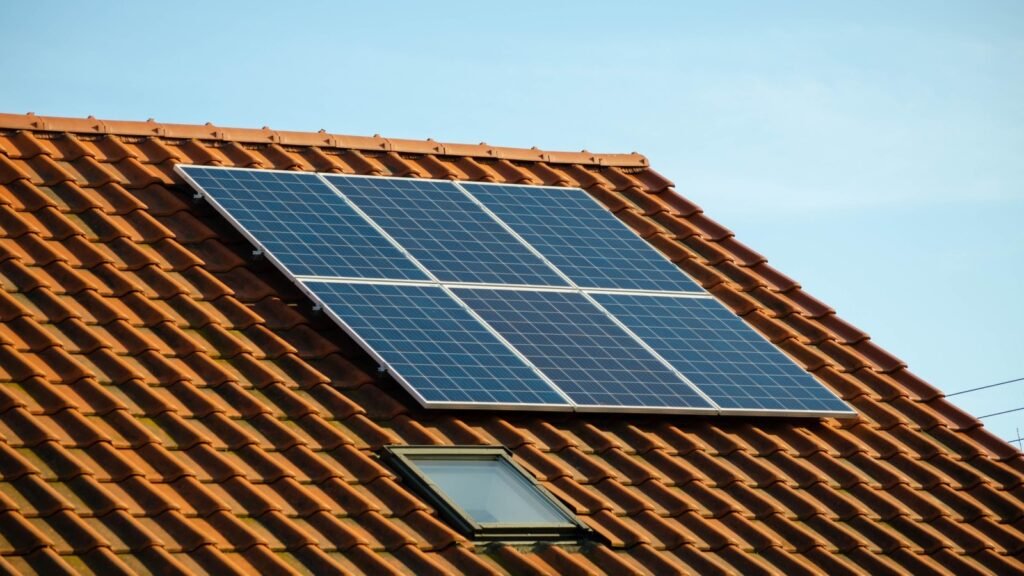
Invest in a generator or solar power system. Stock up on fuel or batteries. Have backup lighting options like oil lamps and candles. A hand-crank radio with a USB charger can keep you informed and powered up when the grid goes down. Consider a small, portable solar panel with a power bank for charging essential devices during extended outages.
4. Secure Your Home
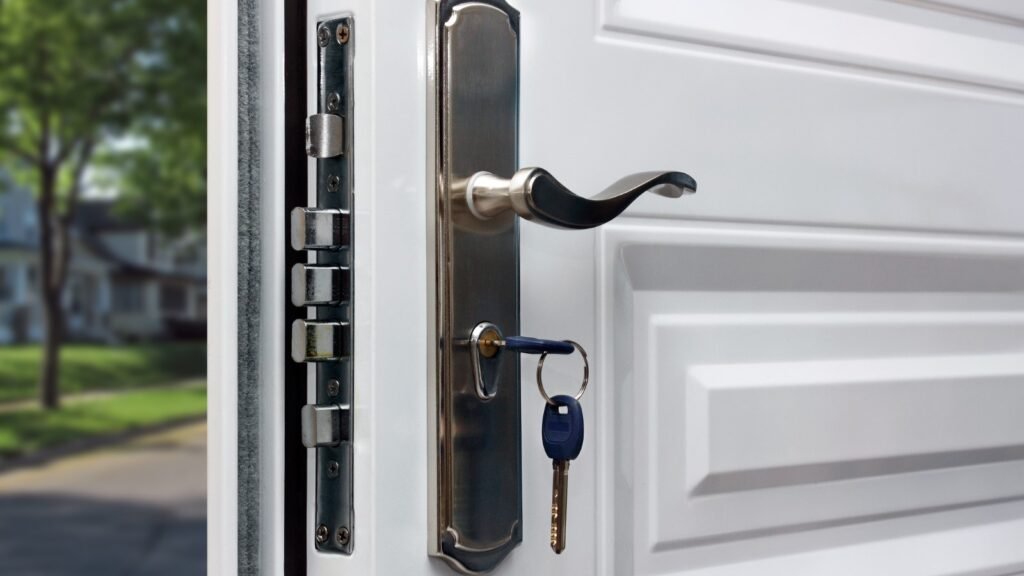
Reinforce doors and windows. Install deadbolts and security film on windows. Create a safe room within your house for extreme situations. Consider defensive tools you’re comfortable using and train with them regularly. Develop a neighborhood watch program to increase overall community security and create a support network.
5. Develop a Sanitation Strategy
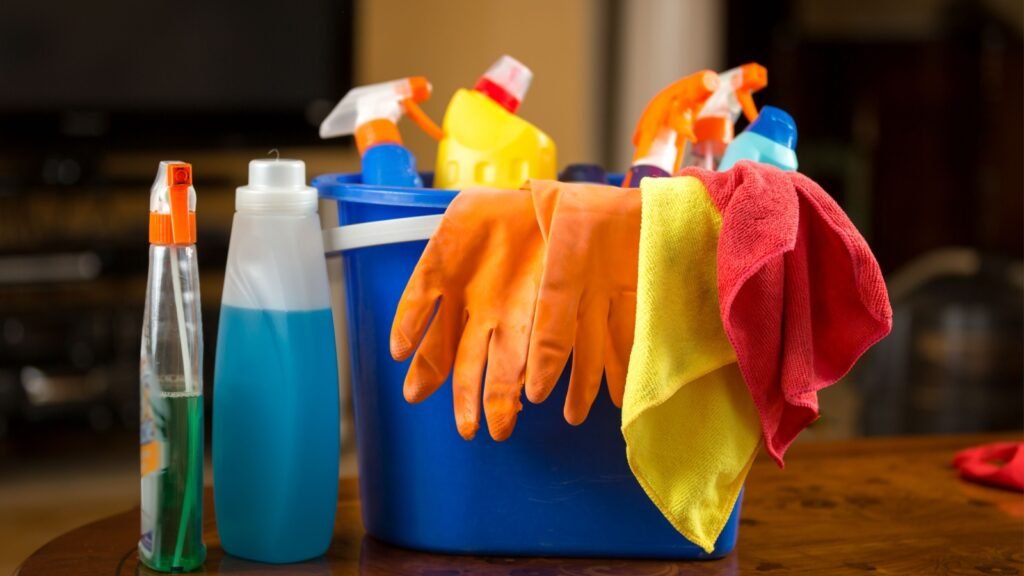
Store extra toilet paper, garbage bags, and cleaning supplies. Have a plan for waste management if water services are disrupted. A 5-gallon bucket with a toilet seat lid can serve as an emergency toilet. Stock up on hand sanitizer and disinfectants. Learn how to create a basic greywater system to recycle water from activities like dish washing for use in flushing toilets or watering non-edible plants.
6. Establish Communication Protocols

Have multiple ways to get information and communicate. Keep a hand-crank or battery-powered radio for emergency broadcasts. Set up a family communication plan, including an out-of-area contact. Consider a ham radio for long-range communication when cell networks fail. Create a simple code system with your family for discreet communication in public or over unsecured channels.
7. Stock Up on Medical Supplies
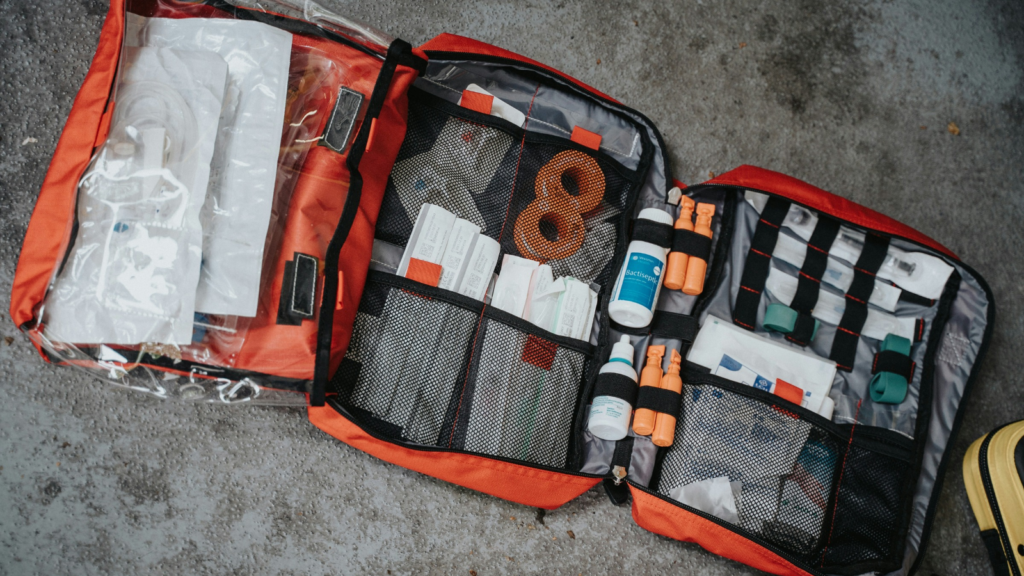
Build a comprehensive first aid kit. Include prescription medications, over-the-counter remedies, and basic medical equipment. Learn first aid skills and consider taking a wilderness first aid course. Don’t forget specific items for family members with chronic conditions. Research and stock up on natural remedies and essential oils as a complementary approach to your medical preps.
8. Plan for Temperature Control
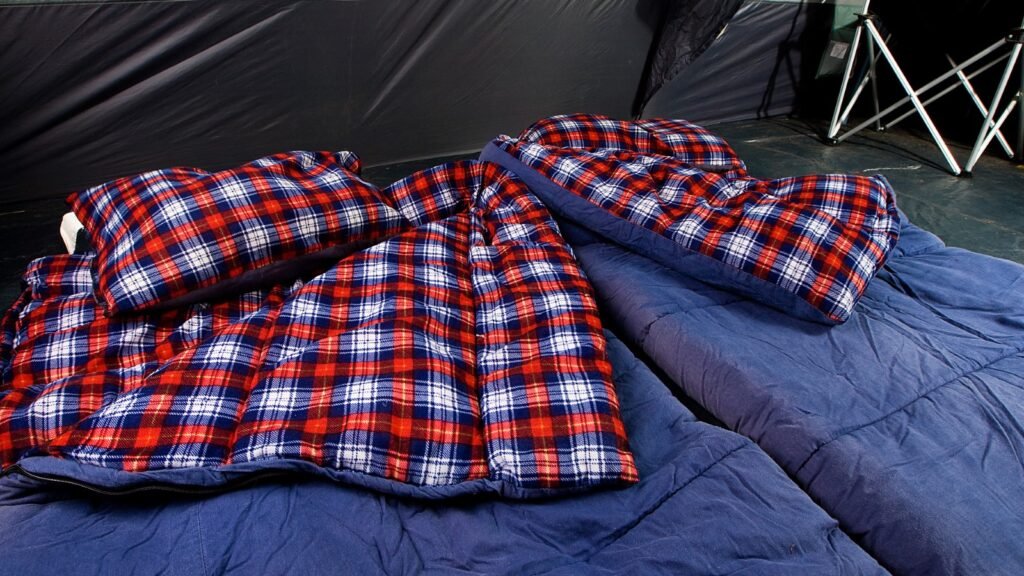
Have methods to stay warm in winter and cool in summer without power. Stock up on blankets, warm clothing, and sleeping bags. For summer, have battery-powered fans and strategies for passive cooling. Window coverings can help regulate temperature year-round. Learn how to create a DIY cooler using terra cotta pots for food storage without electricity.
9. Create an Emergency Binder
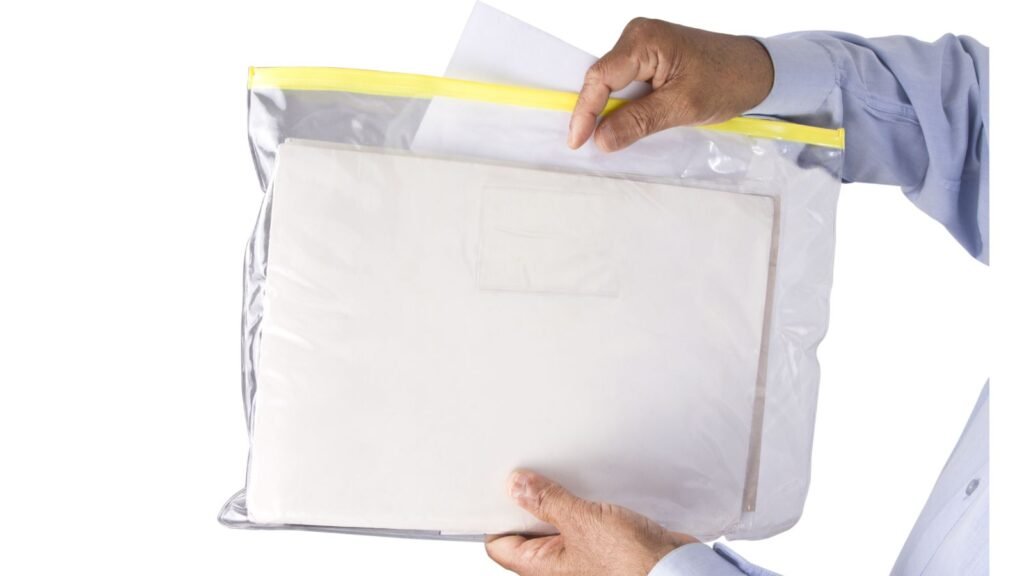
Compile important documents like ID copies, insurance policies, and medical information. Include a home inventory and emergency contact numbers. Store this in a waterproof, portable container. Update it annually and make sure family members know where it’s kept. Add a section with local emergency resources, including maps to nearby hospitals, police stations, and potential evacuation routes.
10. Develop Self-Defense Skills
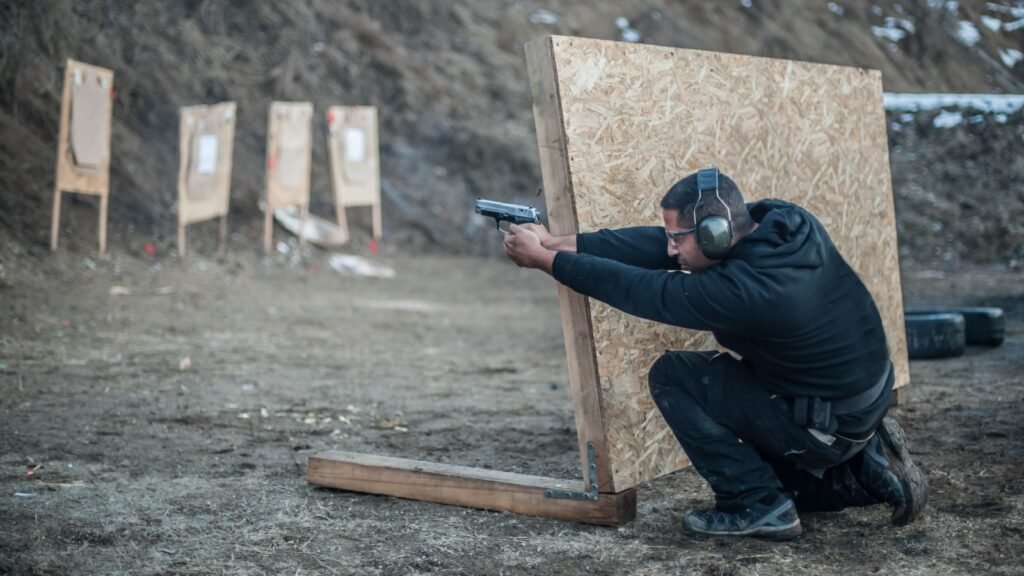
Learn basic self-defense techniques. Consider firearms training if you’re comfortable with guns. Practice situational awareness and de-escalation strategies. Remember, avoiding conflict is always the best defense. Invest time in learning about the legal aspects of self-defense in your area to ensure you understand your rights and responsibilities.
11. Build a Library of Reference Materials

Stock up on survival guides, first aid manuals, and books on relevant skills. Include offline copies of important information. A good set of reference materials can be invaluable when internet access is unavailable. Don’t forget maps of your local area. Add books on local edible plants and basic bushcraft to expand your knowledge base for long-term scenarios.
12. Plan for Entertainment and Stress Relief
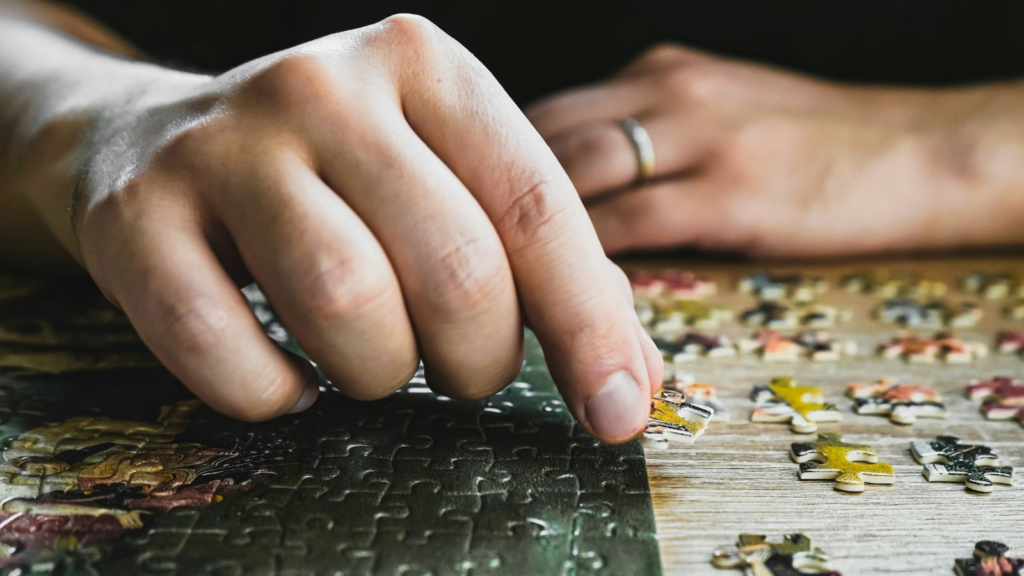
Include books, games, and puzzles in your preps. Boredom and stress can be major issues during extended emergencies. Consider craft supplies or hobby materials that don’t require power. A deck of cards can provide countless hours of entertainment. Learn meditation or deep breathing techniques to manage stress and anxiety during prolonged indoor stays.
13. Establish a Fitness Routine

Maintain your physical health with regular exercise. Develop a routine that can be done in limited space without equipment. Good physical condition improves your resilience and ability to handle stress. Include stretching and mobility exercises to prevent stiffness from prolonged indoor stays. Create a small obstacle course in your home or yard to keep workouts interesting and build practical strength and agility.
14. Create a Bartering Stockpile

Store extra supplies of in-demand items like batteries, matches, or small bottles of alcohol. These can be valuable for bartering if the emergency extends for a long period. Focus on small, high-value items that are easy to store and transport. Consider learning a practical skill like basic sewing or small engine repair that could be valuable for bartering services in a long-term scenario.
15. Practice Your Plan Regularly

Conduct bug-in drills with your family. Test your equipment and rotate your supplies. Identify and address any weaknesses in your plan. Regular practice ensures everyone knows their role and can act quickly when an emergency occurs. Update your plan based on lessons learned from each drill. Challenge yourself with different scenarios each time you practice, such as a power outage in winter or a water main break in summer, to test your adaptability.
50 of the Best Guns Ever Made

Some guns earn their place in history by changing how firearms are designed, others by proving themselves reliable no matter the circumstances. A few achieve iconic status because of their sheer innovation or excellence. The Browning Auto-5 revolutionized autoloaders, the Ruger 10/22 redefined versatility, and the Remington Model 700 became the backbone of American bolt-action rifles. These firearms aren’t ranked in any particular order, but each has earned its way onto this list. Whether you’re here to celebrate timeless craftsmanship or find inspiration for your own collection, this list dives into firearms that left an undeniable mark.
Read More: 50 of the Best Guns Ever Made
23 Crisis Scenarios You Haven’t Planned For But Totally Should

As a seasoned prepper, I’ve seen my fair share of unexpected situations. While most of us have the basics covered, there are some scenarios that often slip under the radar. These aren’t your typical doomsday events, but they could still turn your world upside down if you’re not prepared. I’ve compiled a list of 23 SHTF scenarios that might surprise you. Trust me, after years of homesteading and prepping, I’ve learned it’s better to be over-prepared than caught off guard.
Read More: 23 Crisis Scenarios You Haven’t Planned For But Totally Should
39 Essentials to Stockpile Beyond the Big Three

When it comes to prepping, most folks focus on the big three: water, food, and weapons. But in my years of experience, I’ve learned that true preparedness goes way beyond these basics. There’s a whole world of items that can make or break your survival situation. I’ve put together a list of 39 often-overlooked but essential preps to get hold of after you’ve taken care of food and water to take care of your immediate survival needs, and weapons to defend your family and property and to hunt. Trust me, you’ll want to add these to your stockpile before it’s too late.
Read More: Be A Preparedness Pro | 39 Essentials to Stockpile Beyond the Big Three

